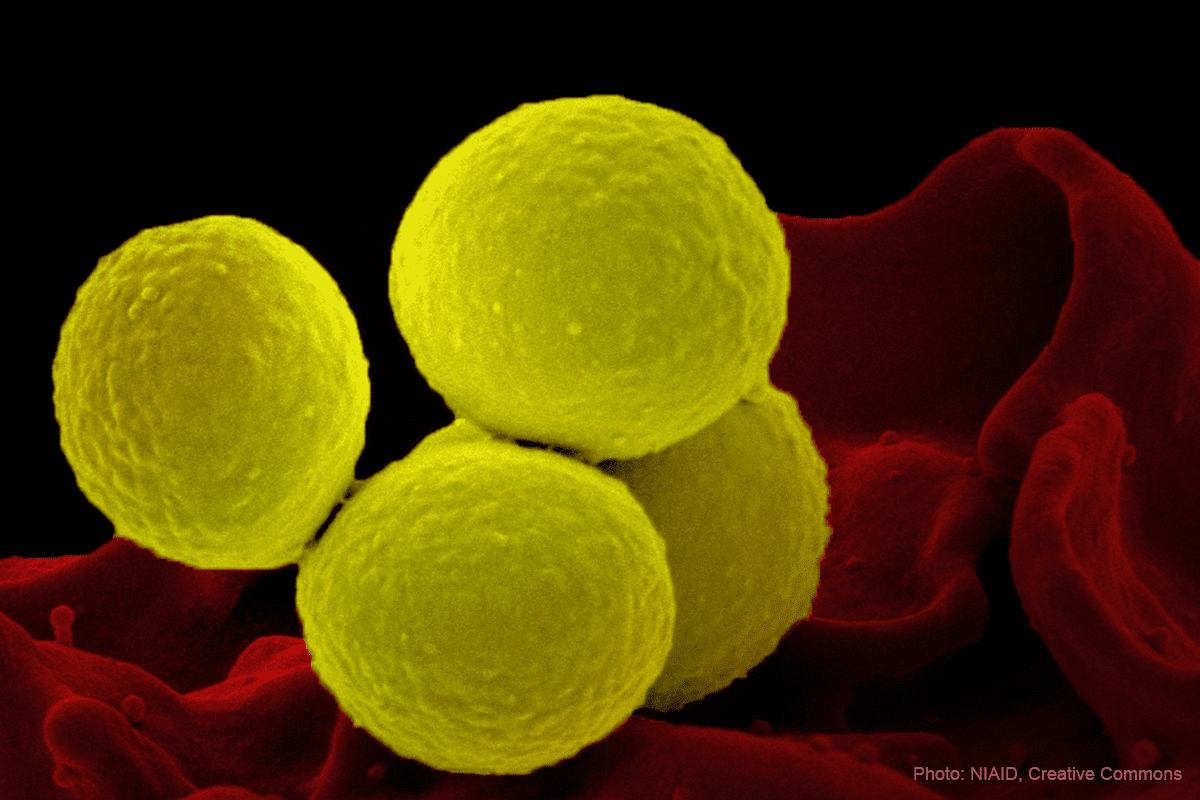Protecting the World from Killer Superbugs
By Mary Darby, Nick Seaver, October 3, 2016

The rise of bacteria resistant to antibiotic treatment is not just a threat — it’s a crisis.
“Superbugs,” which develop from overuse and misuse of antibiotics in both food and medicine, kill more than 700,000 people a year worldwide. Absent change, it’s estimated that the death toll will rise to 10 million a year by 2050. We may find ourselves powerless against common infections that were often deadly before the introduction of penicillin in 1942.
Meanwhile, millions of people in poorer countries die every year from lack of access to antibiotics.
These two challenges — overuse and lack of access — may seem irreconcilable. But Prof. Ramanan Laxminarayan, who founded the non-profit Center for Disease Dynamics, Economics & Policy (CDDEP), believes that increasing affordable access to life-saving drugs while reducing antibiotic resistance are “complementary goals.” In a blog post published earlier this year, he wrote that “[a]ccess to effective antibiotics should be a global priority, and must be balanced with policies that limit the dangerous trends of excess and inappropriate use that have caused the current crisis of resistance.”
So when the United Nations (UN) prepared to address antibiotic resistance for the first time ever at a high-level Sept. 21 meeting in New York, Laxminarayan saw a powerful opportunity to organize a global response for ensuring access to effective antibiotics.
“We won’t get a second shot at this,” Laxminarayan warned during opening remarks at an invitation-only forum of scientists, health ministers, and global leaders that CDDEP and partners convened on the eve of the UN meeting.
Laxminarayan and his colleagues had already seeded the ground, starting in July, with the publication of a Lancet commentary that demanded a strong resolution from the UN. Two more calls for action followed in Science and Nature. In particular, the Science article urged the UN to set specific global targets on antibiotic use, similar to greenhouse-gas emissions agreements, but for antibiotics. Doing so, the authors argued, would reduce overall global use of antibiotics while strengthening access in underserved countries.
The final UN resolution did not include targets, a flaw that Laxminarayan calls “disappointing.” However, he has expressed optimism for the prospect of concerted global action, given the high level of attention generated during the UN meeting.
And he’s not stopping there. CDDEP and its partners have announced a new alliance — CARA, the Conscience of Antimicrobial Resistance Accountability — that will hold the UN and other international bodies, governments and the private sector to the commitments they made for ensuring sustainable access to effective antibiotics.
You can learn more about how nations and regions are faring in the fight against resistance using CDDEP’s “ResistanceMap,” which tracks both antibiotic use and the rise of antibiotic resistance globally.
